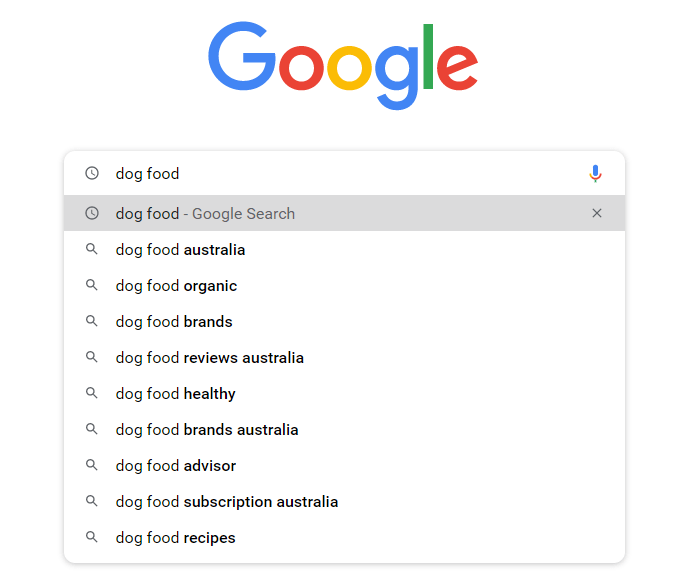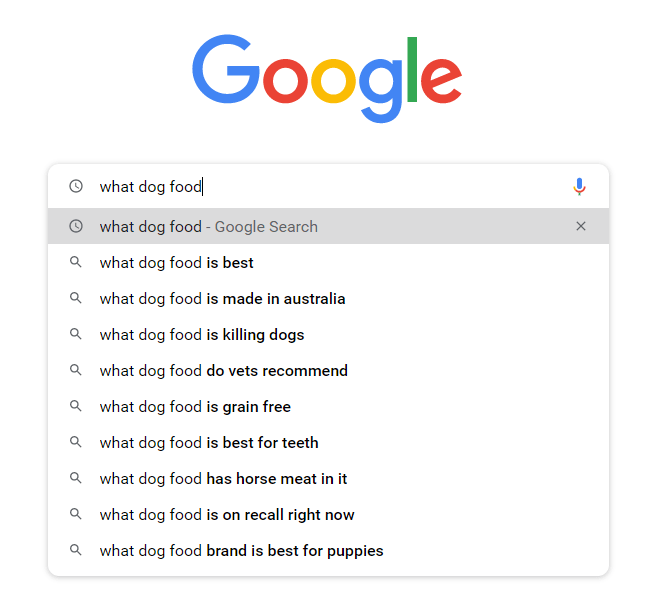If you have a company website, have you been blogging for business without much success?
Did you know? There are a few key strategies that will help your blog posts – and website – rank in search engines such as Google, increasing traffic to your website and supporting the growth of your business.
Despite what many people think, your website is not a “set and forget” marketing tool. If you want to be found by search engines, it’s important to know that Google loves fresh content. It’s been said that blogging for business is as essential to your marketing success as the Yellow Pages used to be!
One sure-fire way to drive more traffic to your website – and generate sales, is through blogging for business. Writing and publishing blog posts is the simplest and most cost-effective way to ensure regular, fresh and informative content is added to your website.
Case Study: Blog Post Reaches No. 1 in Search Results!
Some time ago, Lyndall wrote a blog post titled: How to Write a Winning Capability Statement. This blog post is the highest-ranking page on our website and we’ve achieved the Featured Snippet, which appears at the top of page 1 search results, the absolute top result you can get. If a reader searches “How to write a capability statement Australia”, we rank no. 1 of 62,500,000 results!
Notice how the search term specifically targets the prospect’s question? Also, we only target Australian-based businesses. This post drives loads of enquiries our way and, as a result, capability statements have become a huge part of our business.
5 professional tips to enhance your success when blogging for business:
1. Build Your Business Blog Library
Did you know? The more pages you add to your website, the greater your chances of ranking on Google and other search engines. Every new blog post creates an additional page on your website and another opportunity for potential customers to find you.
When you add blog posts to your website, it forms a library of content that can help inform and educate your prospective clients. This library is your opportunity to showcase your team’s expertise and build your business’s reputation as a thought leader. Each blog post has the power to influence your readers.
- HOT TIP – Write your posts in batches. This is the most efficient way of producing a library of posts and it ensures you have numerous posts ready to publish on a regular basis.
2. Choose a Central Theme and Keyword
Be sure to build each of your posts around one central theme and keyword. If your topic is very broad, we suggest mapping out the potential sub-topics and writing a series of posts, rather than trying to cover everything in one long post.
When you’re blogging for business, it’s a good idea to plan out your posts by listing all your company’s products or services, then map out the problem/s each one solves. Try using the 5 W’s & H of journalism – Who, What, Where, When, Why and How in relation to each of your products or services. This will give you a ready-made list of themes for upcoming posts.
3. Highlight the Benefits
Let’s say you have a new product you wish to promote. It can be tempting to write a post outlining all the features of your new product and why you think it’s so awesome. But is that what will interest your potential customers? Nobody really wants to read a sales pitch, they’re searching to find a solution to a particular problem they have.
Instead of writing a “salesy” post about the product’s features, try writing a post that demonstrates how your new product solves the reader’s problem. Remember they want to know “WIIFM” – what’s in it for me, so be sure to clearly state how they will benefit from using your product or service.
4. Target Long-Tail Keywords
Writing your blog posts around keywords is important, but targeting long-tail keywords is often more effective in helping your posts rank well in the search engines.
A long-tail keyword is a more specific statement or question which readers type into a search engine.
For example: Your keyword might be “dog food”, which is a highly competitive search term, so you’re less likely to rank highly for it. The long-tail version might be “grain-free dog food for golden retrievers” or “what type of dog food is best for golden retrievers”, for example.
While long-tail keywords aren’t searched as often as the primary keyword, when a series of words is combined, such as in the above example, long-tail keywords make up the majority of search traffic.
Take a look at auto-complete suggestions in Google. Type in your primary keyword, “dog food” and watch what Google comes up with.
You can then try adding question modifiers, such as what or how ….
People who search via long-tail keywords are often more qualified prospects than those who use the more generic shorter keyword searches. The keyword for this post is “Blogging for business” rather than just “blogging” because it specifically targets our ideal audience – people interested in using blogging to promote their business.
There are a number of free and subscription keyword tools available online where you can type in your main keyword and see long-tail terms which are related to your keyword. You can also see the volume of posts and competition for each particular long-tail keyword, which can be very helpful in choosing your blog post topics.
5. Write to Engage Your Audience
Knowing who you’re targeting with your blog post is vital. For example: Is your ideal client male or female? What age group are they in? What problem do they have that your product or service solves?
By gathering this important information, you can write in a way that demonstrates how you help your audience. You want the reader to feel as though you’re having a conversation directly with them. Use inclusive language, such as we, you, our and your, rather than they, their or any other terms which may cause the reader to feel distant. Through using inclusive language, you’re building trust and starting a client relationship, which is a positive step in establishing long-term clientele and enhancing your business success.
We hope these “blogging for business” tips have been helpful to you. If you need help with writing your blog posts, we have some great packages available.
You may also enjoy reading:
9 Expert Tips on Blogging for Business Growth
How to create an Ideal Client Profile
How to set up a simple blog post schedule
Psssst …. Guess what?? Our team is currently working on a Blogging for Business course. By taking this super easy course, you’ll discover a system that helps you to generate endless blog topic ideas and a technique to help you write posts quickly and easily to connect with your ideal clients. Ready to find out more? Click here to receive updates on the upcoming release of this incredible new course – and get ready for lots of new customers to come your way!
Please feel free to share these tips with your business associates or LinkedIn connections. Go ahead and connect with Lyndall on LinkedIn.




